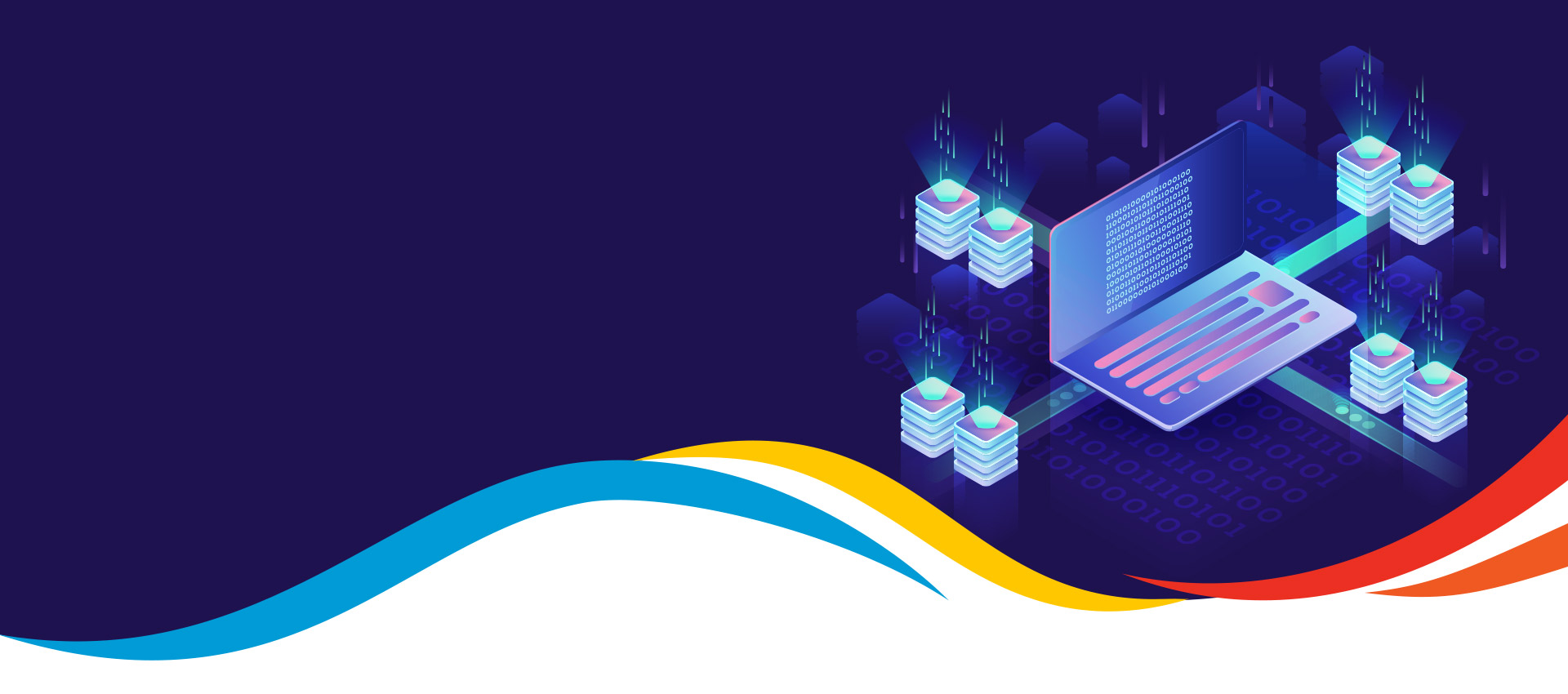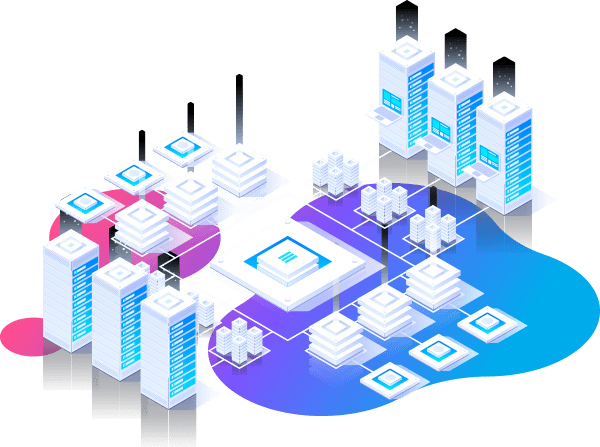Get Appointment
- contact@wellinor.com
- +(123)-456-7890

Mainframe Modernisation
No matter who and how stamped it as outdated and inapt for today’s digital milieu, mainframes, surprisingly, continue not just to pump many enterprises’ operations and infrastructures but also deliver the legacy-cadre efficiency and scale that they were always revered for.
Mainframes Complexity
The trick lies in making the monolithic wonder work in the agile and fast-heeled environments of today. This needs some fork lifting, some internal overhauling, and some interface / console-level legwork to make mainframes fit and fast enough in an age of containers, cloud and blockchain.
We believe that when hoisted well on new enterprise walls, this legacy throwback of yesteryear’s IT would still fuel and support massive infrastructures.
How Vuesol Works
Vuesol marries both the mainframe and post-mainframe worlds with ease and expertise. From mobility and blockchain solutions to mainframe re-adaptation, we straddle across the Darwin chain of technology evolution. Our teams and skills bring the best of both sides of technology as they adeptly exert to balance scale with agility the way only a prudent expert can.

We bring to the table
FAQ's
What is mainframe modernisation?
The process of migrating or improving an enterprise's existing legacy mainframe footprint in the areas of interface, code, cost, performance, and maintenance is known as mainframe modernization.
What are the Benefits of mainframe modernization?
The benefits of mainframe modernization are as follows:
1. Modernizing legacy stacks and systems: Many organizations take advantage of modern APIs to integrate these applications into modern distributed ones.
2. Cloud Integration: With the help of mainframe modernization, you can take advantage of the cloud by updating the mainframe. Keep in mind that mainframe and cloud are quite similar in that they both have large amounts of storage and the ability to virtualize workloads.
3. Smaller MIPS costs: Maintaining mainframes is highly expensive. Your maintenance costs rise along with your workload. Specific hardware and software licensing requirements are one of the key causes of these rising prices. To solve the MIPS cost problem, modernize your mainframe and offload these transactions into distributed data fabric.
What is the future of mainframe technology?
The modern mainframe offers IT professionals the chance to expand on their core competencies, allowing those with engineering backgrounds to acquire more DevOps experience and those with DevOps experience the chance to learn more about mainframe systems, making the mainframe career outlook promising. Although the mainframe industry has already achieved significant progress, issues still exist in the integration of mainframes with other forms of infrastructure. We can predict, over the next few years, mainframes are anticipated to get quicker and more adaptable while simultaneously being smaller physically.
What is the main factor of mainframe modernization?
The key factors required for a successful mainframe modernization are as follows:
1. To complete a mainframe modernization project successfully, one must acquire a change-adopting mindset. It requires utilizing modern frameworks and adopting a DevOps strategy to decrease the time it takes for apps to reach the market. To post-modernize, developers and consumers must be completely prepared to switch to cloud-native technologies. Additionally, the complete end-user experience must be updated while retaining fundamental features.
2. We ensure that technical goals and business outcomes are aligned among stakeholders. Enterprises need to place more emphasis on business transformation than solely on technology. Leaders in business and technology ought to agree on how transformation can support future corporate expansion.
3. Businesses must determine the appropriate landing zone for their changed workloads and apps among on-premises, public, and hybrid clouds, along with the optimal transformation strategy based on their unique business requirements.
4. Not every business has the internal talent and expertise necessary to complete a successful mainframe modernization. Make sure you have the relevant transformation architects in place before starting your modernization; if not, either hire new employees directly or collaborate with a systems integration partner who possesses the necessary expertise. In the current market, many mainframe modernization talents are specialized, so you must conduct the right resource planning well in advance.
Why is mainframe modernization required for my business?
Mainframe Modernization is required for businesses because:
1. It reduces MIPS costs.
2. It simplifies access to trapped business logic and data within the mainframe
3. It brings cloudlike capital expenditure (capex) benefits to fluctuating workloads
4. It speeds up development, deployment, and release.
What is mainframe modernization services?
Mainframe Modernization Services enhance and modify your present or legacy mainframe systems rather than completely replacing them or continuing to use outmoded mainframe software. Although mainframe technology infrastructure may be obsolete, several businesses still significantly rely on it. These large computers store enormous amounts of data, making it difficult to transfer or update them to keep up with emerging technologies and changing business processes.
What are the risks involved in mainframe modernization?
The risks that companies face while involved in mainframe modernization are as follows:
1. Risks related to skill sets: Due to a lack of resources, support for outdated mainframe applications is progressively declining. Mainframes use antiquated databases like DB2 and COBOL or CICS for their programmes, and programmers with these skill sets are getting harder to find.
2. Business Risks: Information accessibility is a worry when Big Data enters the scene and contemporary platforms take centre stage. Information is essential for any firm, and its accessibility is essential for responding to market developments and organisational requirements.
3. Maintenance costs: Maintaining mainframe systems can drain an organization's resources and take up a significant amount of its IT budget.
Does AWS run on mainframes?
AWS offers a variety of IBM features that can be installed on the Red Hat OpenShift Cloud Platform on AWS, helping you expedite your mainframe modernization journey there.
Can we move mainframe to cloud?
Use the industry leader in cloud computing to migrate and modernize your mainframe infrastructure and applications. Reengineer, refactor or scale mainframe workloads using our proven approaches, automated tools and qualified partners to drive innovation, agility and cost savings.

